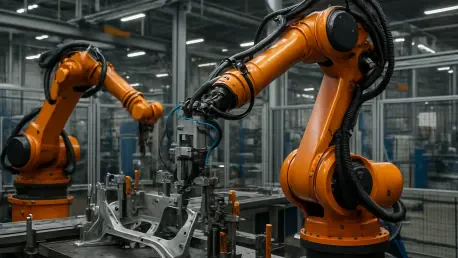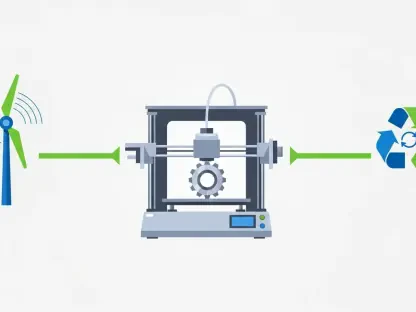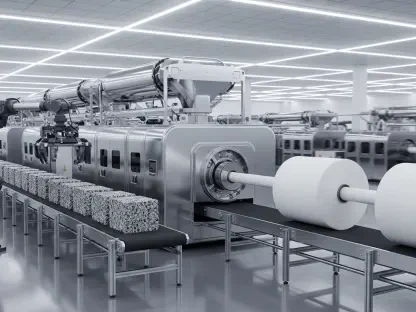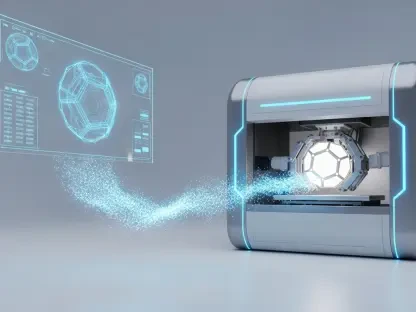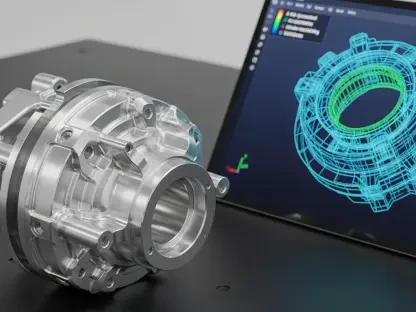In the fast-paced world of modern manufacturing, where every second counts and inefficiencies can cost millions, a groundbreaking solution has emerged to address one of the most persistent challenges on factory floors: manual material movement. Anscer Robotics has stepped into this arena with the launch of the LBR500, an autonomous mobile robot (AMR) engineered to revolutionize how carts, racks, and trolleys are handled in industrial settings. Designed for seamless integration across diverse sectors like electronics, plastics, and automotive supply chains, this compact, omnidirectional robot promises to replace labor-intensive processes with streamlined automation. By eliminating the reliance on manual labor and outdated equipment like forklifts, which often pose safety risks in dense production environments, the LBR500 aims to boost efficiency and redefine operational workflows. This innovation arrives at a critical juncture when factories are under increasing pressure to optimize space and maximize throughput without compromising on safety or flexibility.
Transforming Factory Logistics
Reflecting on the deployment of the LBR500, it became evident that this robot had a transformative impact on factory logistics by addressing overlooked inefficiencies in material handling. Tailored for tasks such as work-in-progress logistics, line-side replenishment, and multi-stage manufacturing transfers, the LBR500 tackled the interruptions caused by manual cart-pushing, freeing skilled workers to focus on higher-value activities. Its low-profile lift platform and omnidirectional mobility allowed navigation through narrow aisles and tight corners, ensuring compatibility with various cart styles while preserving precious production space. As noted by industry leaders, the robot’s ability to adapt to dynamic, space-constrained environments without requiring extensive infrastructure changes marked a significant shift in automation trends. The result was a notable increase in output and top-line performance, alongside reduced costs tied to unnecessary motion, cementing the LBR500’s role as a practical alternative to both manual labor and cumbersome traditional systems in leading manufacturing facilities.
